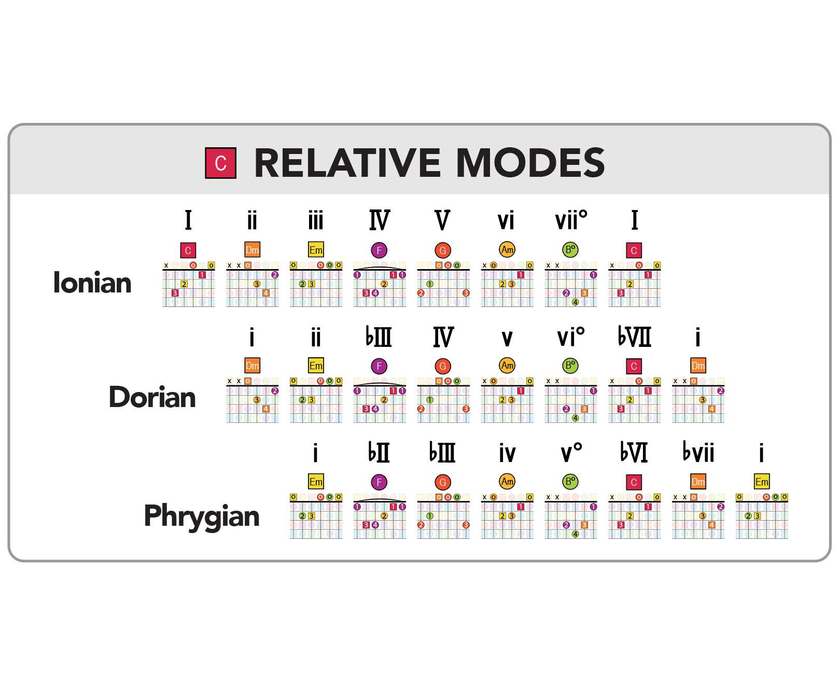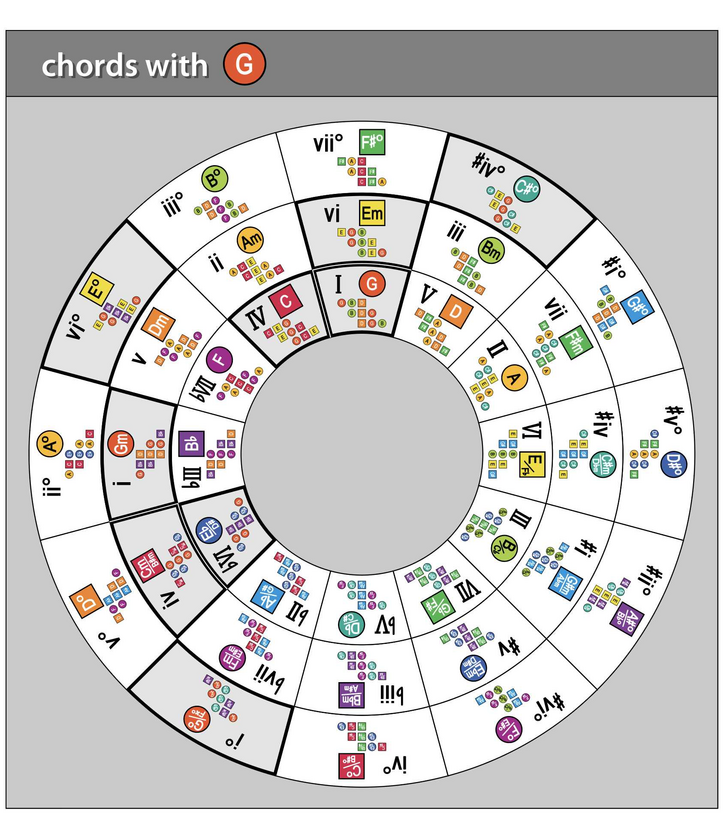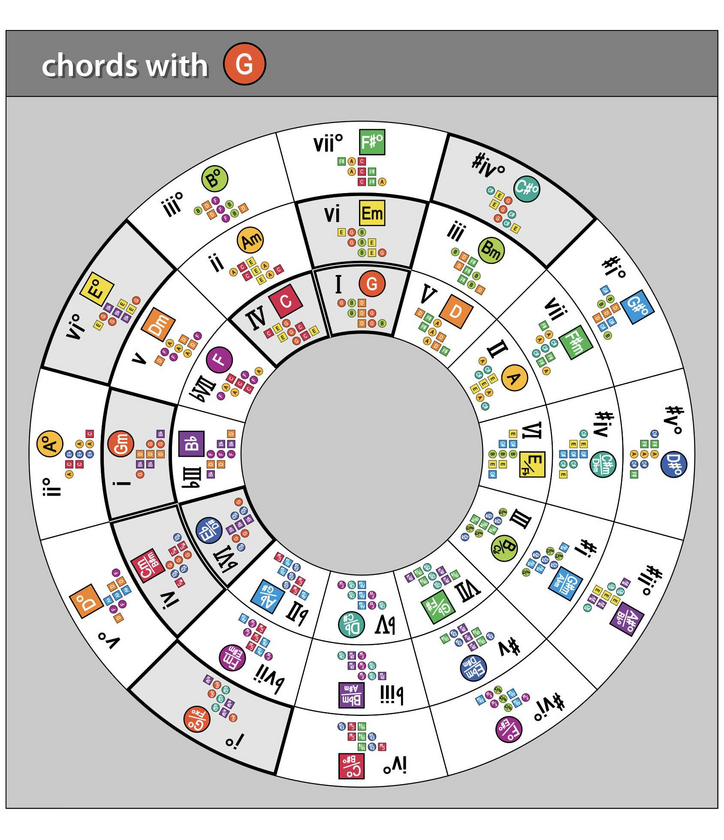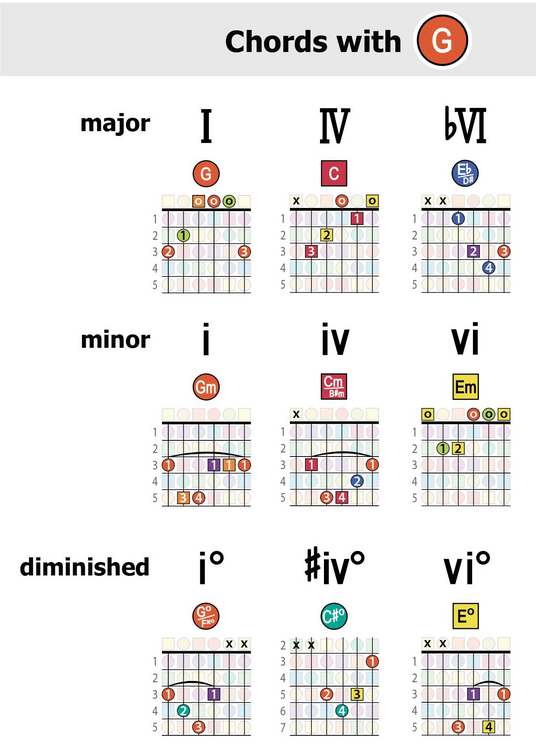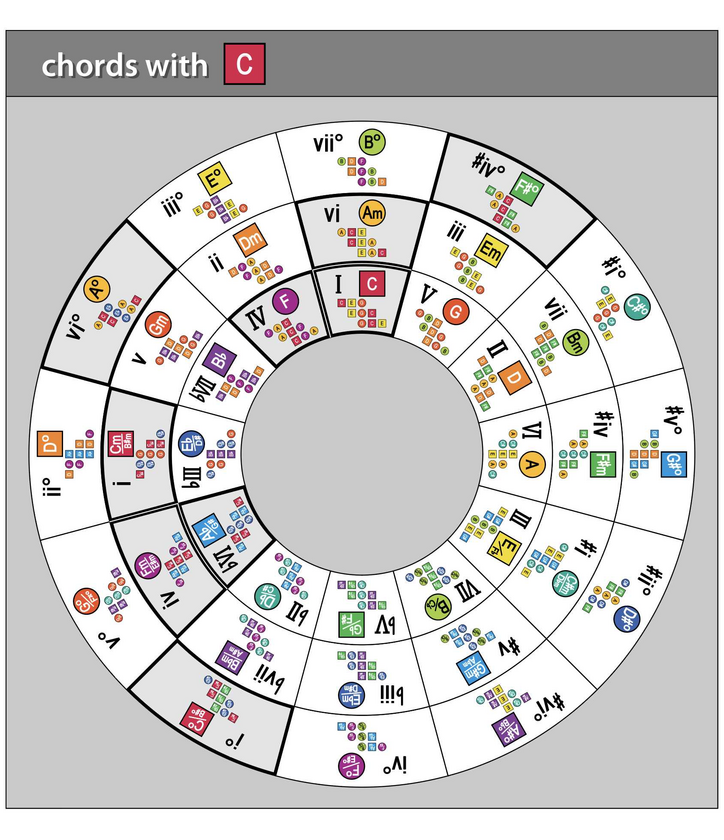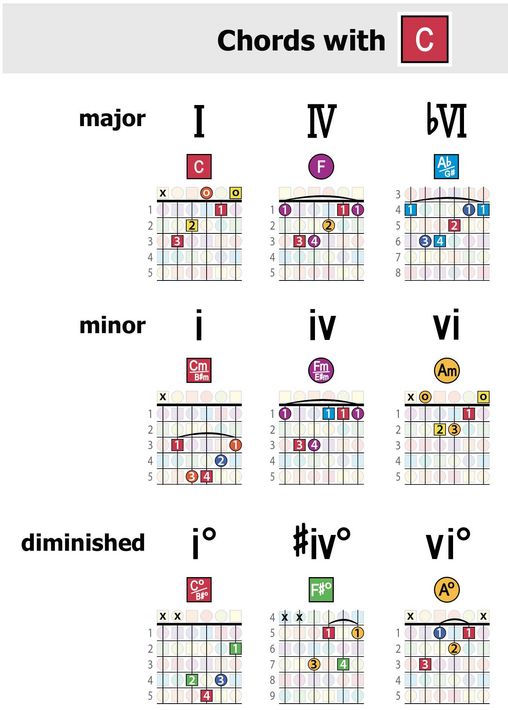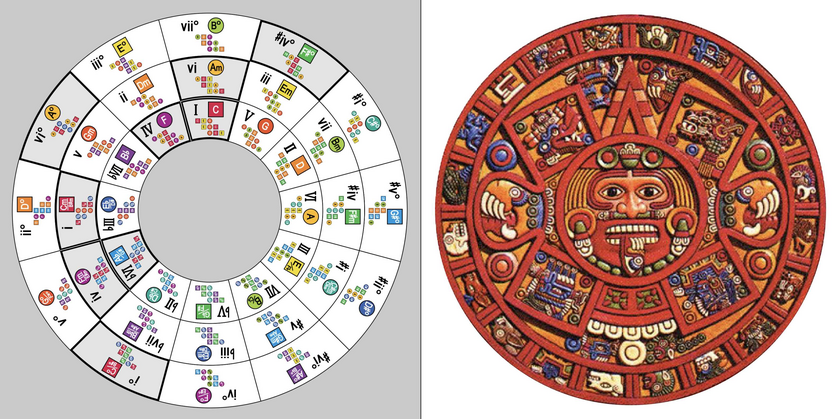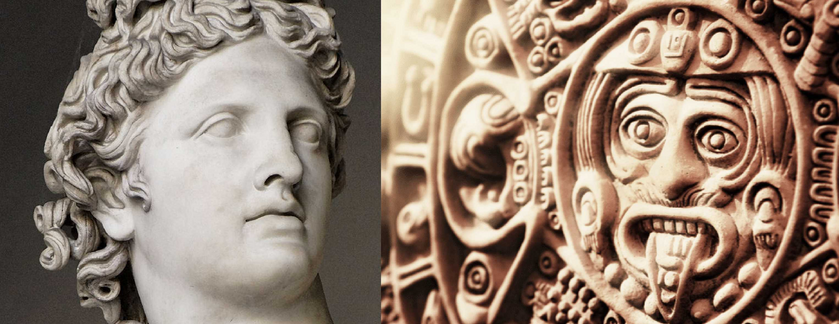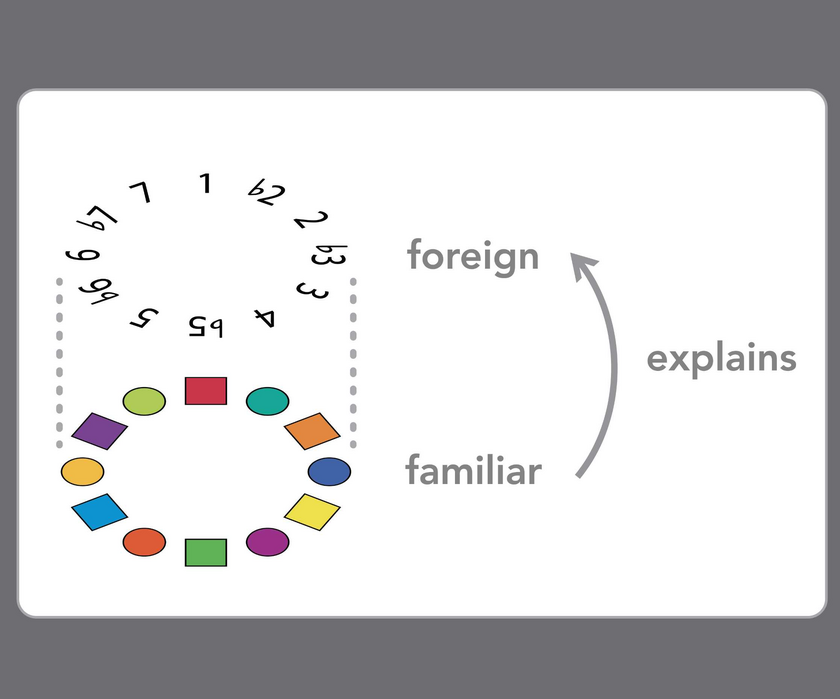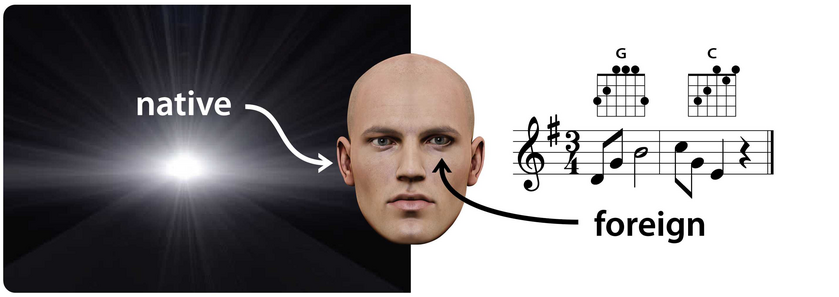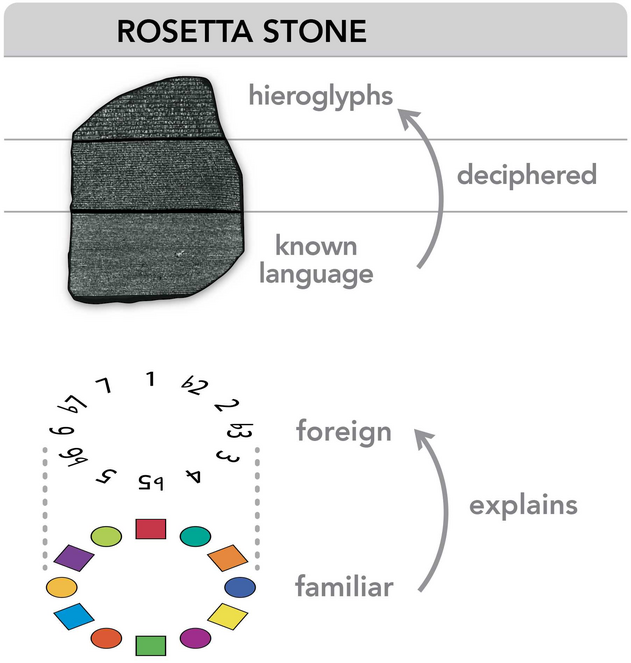Learning chords is cool, but you can do much more with just a few chords than you might think -- using modes.
Modes give you a powerful way to expand your palette as a songwriter. Each one has a different sound -- a unique feel -- that you can use to inject variety into your music.
Each mode is just a permutation of the others. So they sound similar, yet distinct. And each is derived from a key's major scale.
For example, take the C major scale, which has 7 motes: C, D, E, F, G, A, B. Starting on each respective note, you can come up with 7 different modes.
 Each begins and ends on a different note (or what's called the "tonic") of the mode. This is the tonal home base of its respective pattern.
Each begins and ends on a different note (or what's called the "tonic") of the mode. This is the tonal home base of its respective pattern.
In this example, the tonic of C Ionian is C ... while the tonic of D Dorian is D, and so on.
When you play these patterns simply as notes, they sound nice. And again, each is somewhat similar since they all contain the same notes ... because they're all derived from the same source scale (in this example, the C major scale).
But what's cool is that these same modal patterns can also be played as chords.
For example, if you focus on the C major scale (a.k.a., C Ionian, or the first mode) and instead of playing it as a simple sequence of notes, you play the mode as chords -- the 7 chords in the key of C -- it looks (and sounds) like this:
 The C Ionian mode sounds good fleshed out as harmonies like this -- because it's basically the major scale pattern on steriods.
The C Ionian mode sounds good fleshed out as harmonies like this -- because it's basically the major scale pattern on steriods.
But what's nice is that these same 7 chords can also be rearranged into other permutations -- just like the notes -- to make the 7 modes in harmonic form. Like these three patterns, for example:
 Of course, this same idea applies to all of the other chords in this key, as shown here....
Of course, this same idea applies to all of the other chords in this key, as shown here....
